After days of anxious waiting, Kenya was getting closer to learning the outcome of its closely contested presidential election on Monday.
According to a tally published by the Daily Nation newspaper, Deputy President William Ruto was leading with slightly more than 51 percent of the vote, compared to 48 percent for Raila Odinga, based on official results from more than 80 percent of constituencies.
Both men had appealed for patience as the wait for the final results of the August 9 election dragged on Sunday.
Election day went mostly smoothly, but Kenyans are still haunted by memories of vote rigging and deadly violence in 2007-08, and 2017.
The Independent Electoral and Boundaries Commission is under intense pressure to conduct a free and fair election in a country seen as a beacon of stability in a volatile region.
According to Kenya’s constitution, results must be released by Tuesday at the latest.
After outgoing President Uhuru Kenyatta threw his support behind his former foe Odinga, the 77-year-old veteran opposition leader making his fifth bid for the top job, Ruto, 55, is effectively running as the challenger.
Kenyans cast ballots in six elections, electing a new President, senators, governors, lawmakers, women representatives, and approximately 1,500 county officials.
Turnout was lower than expected, at around 65% of Kenya’s 22 million registered voters, with observers blaming disenchantment with the political elite in a country suffering from a severe cost of living crisis.
The IEBC had faced harsh criticism for its handling of the August 2017 election, which was annulled by the Supreme Court in a historic first for Africa after Odinga challenged the outcome.
Dozens of people were killed in the aftermath of the election, with police brutality being blamed.
Following Odinga’s boycott, Kenyatta went on to win the October rerun.

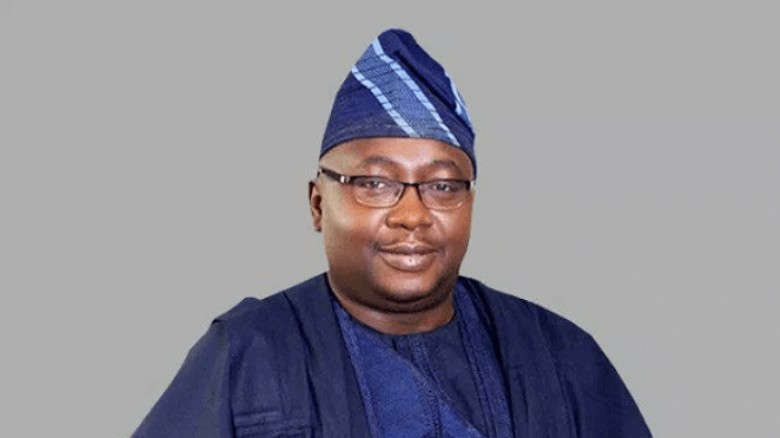
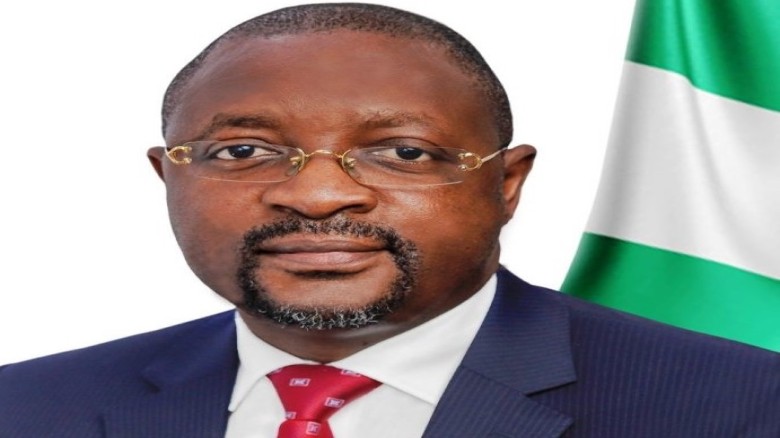
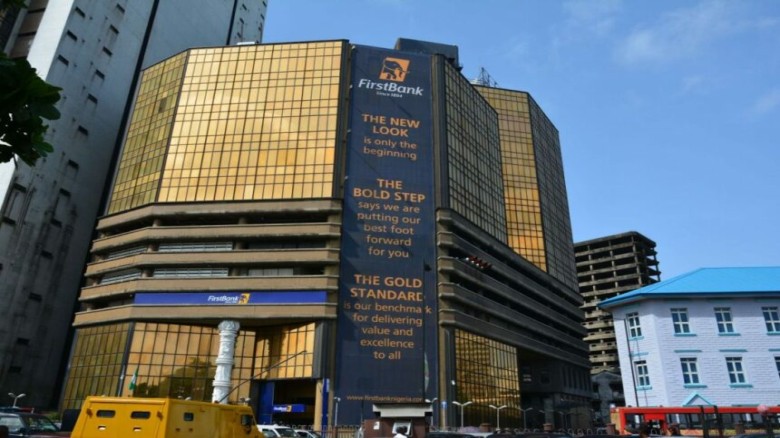
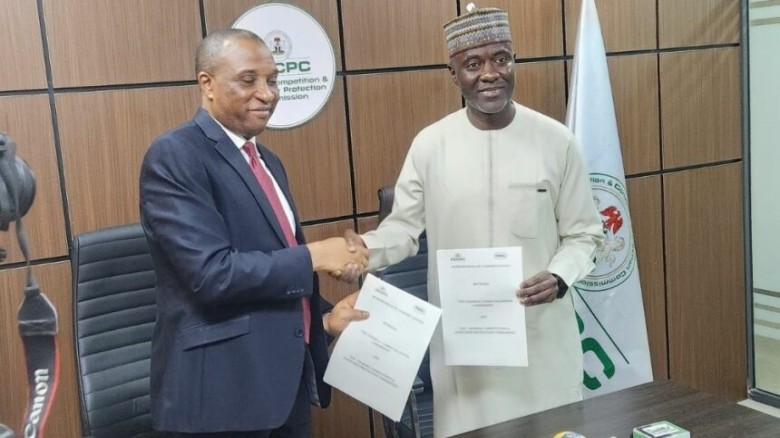



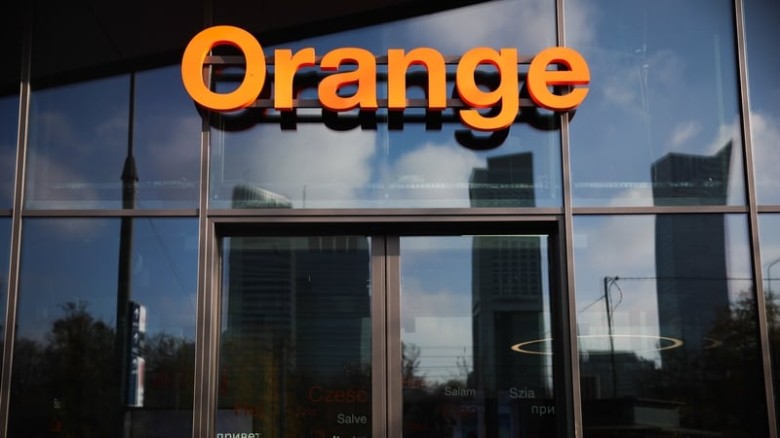
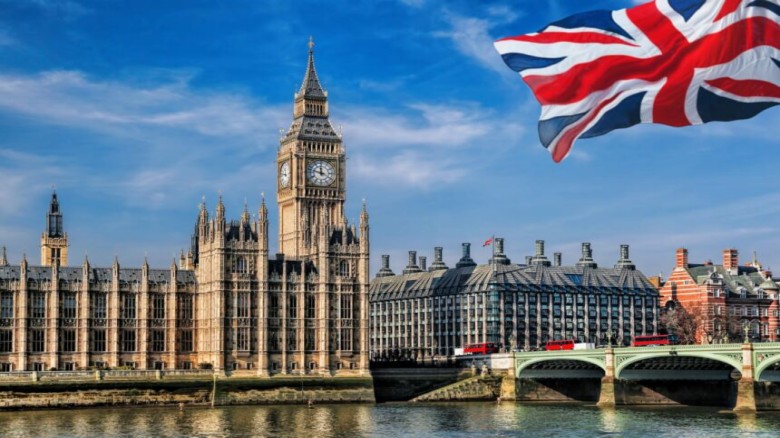
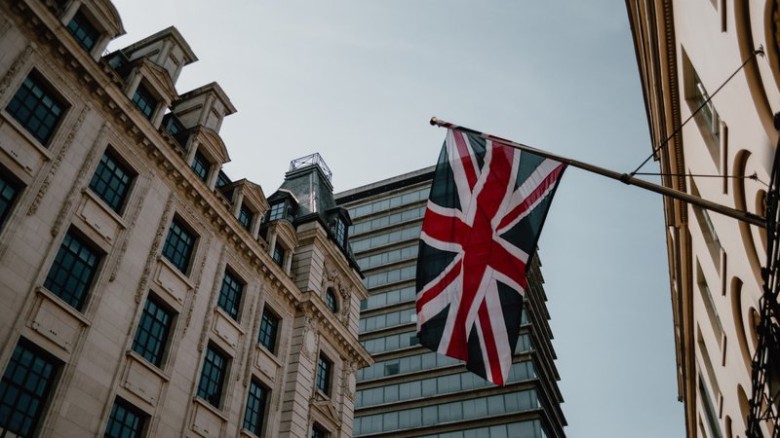
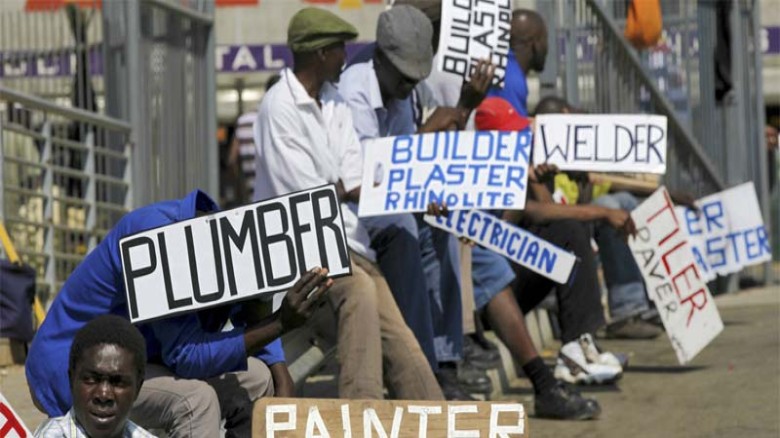
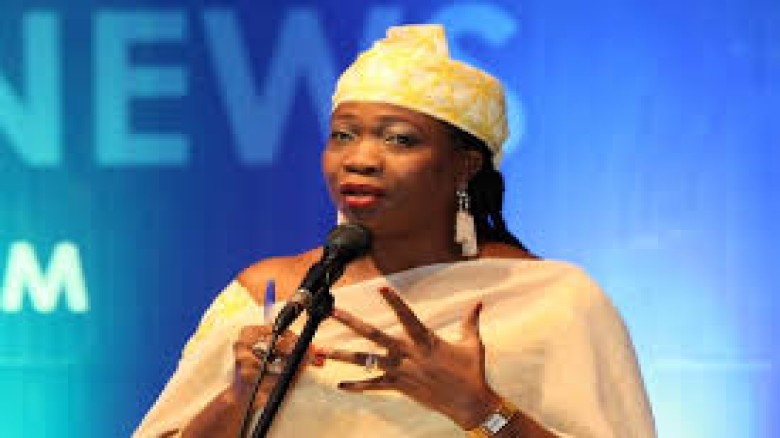
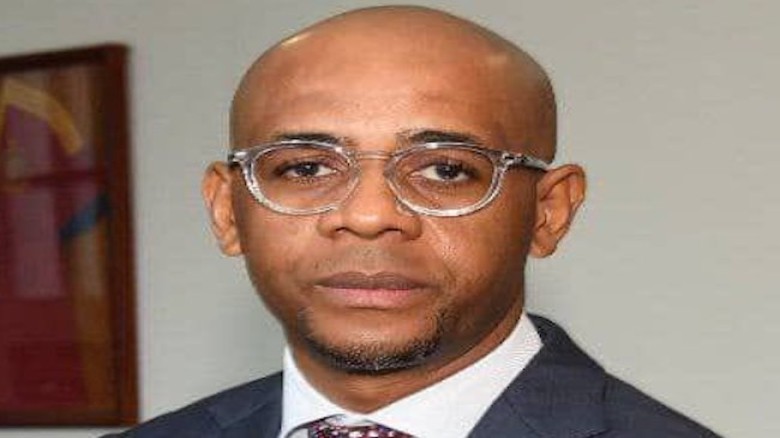










Leave A Comment